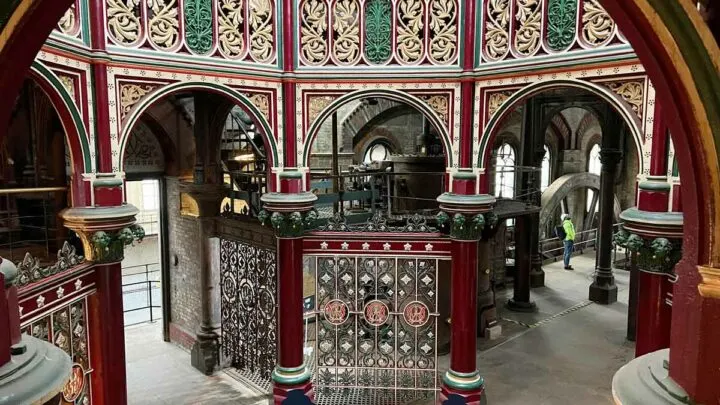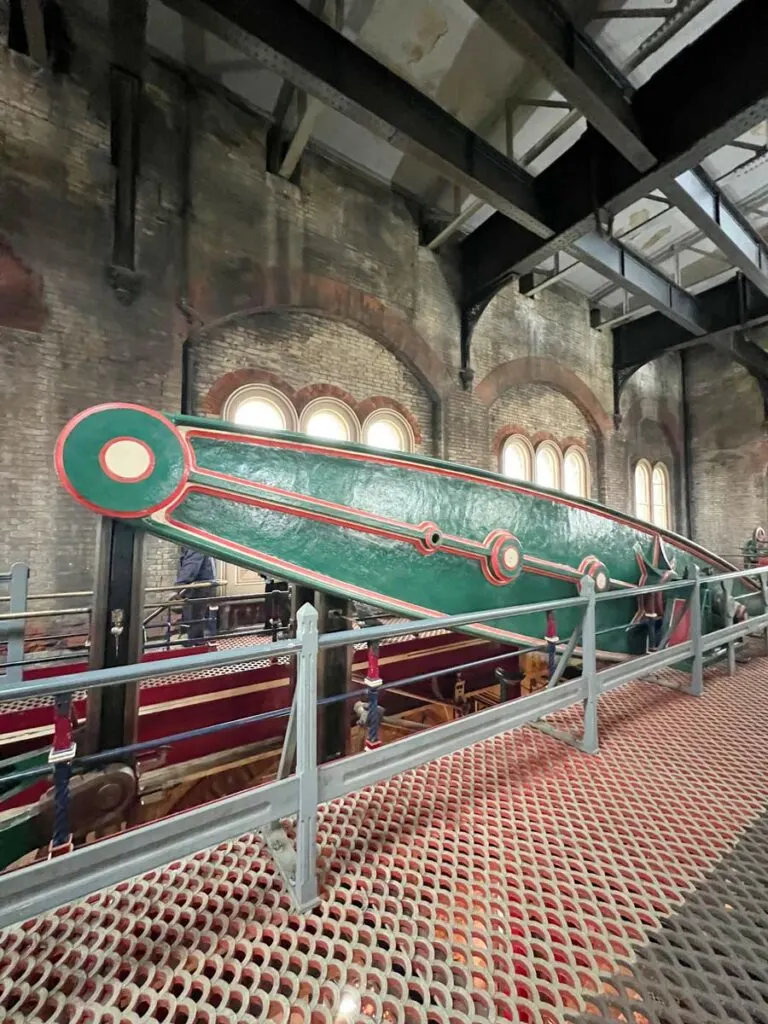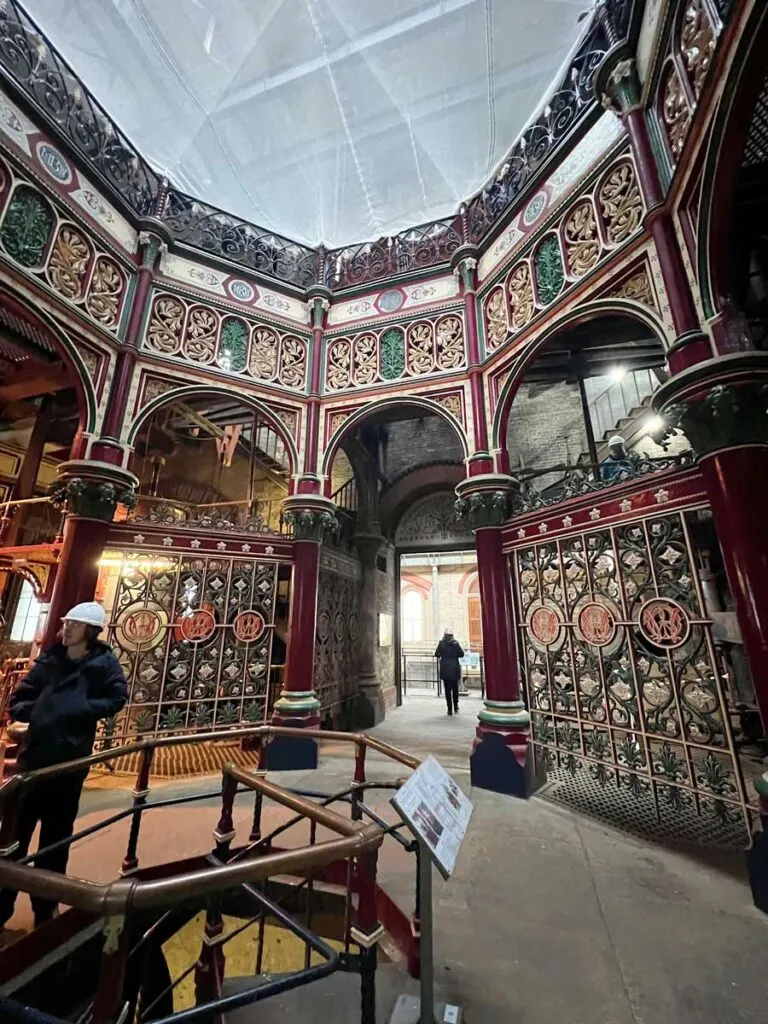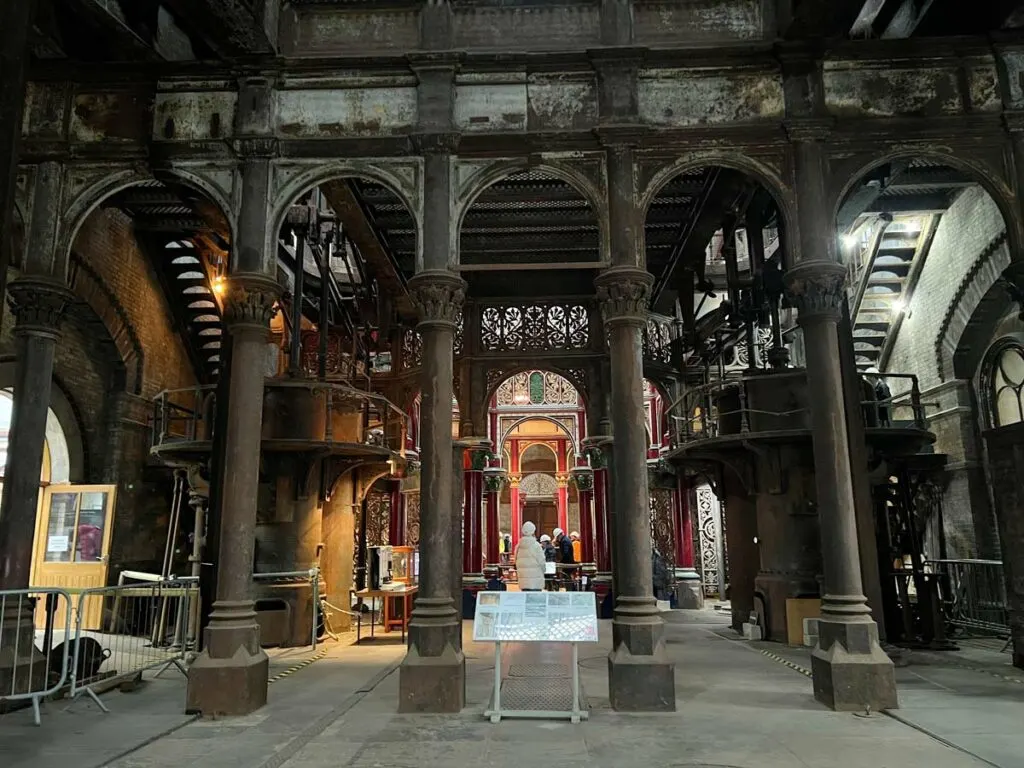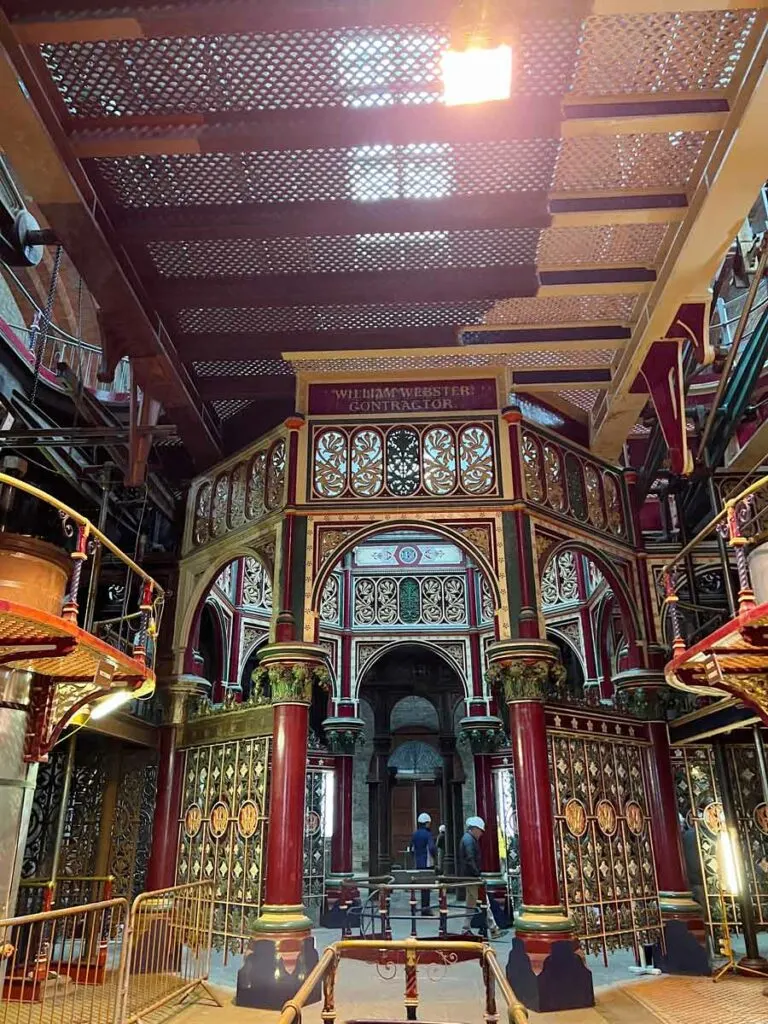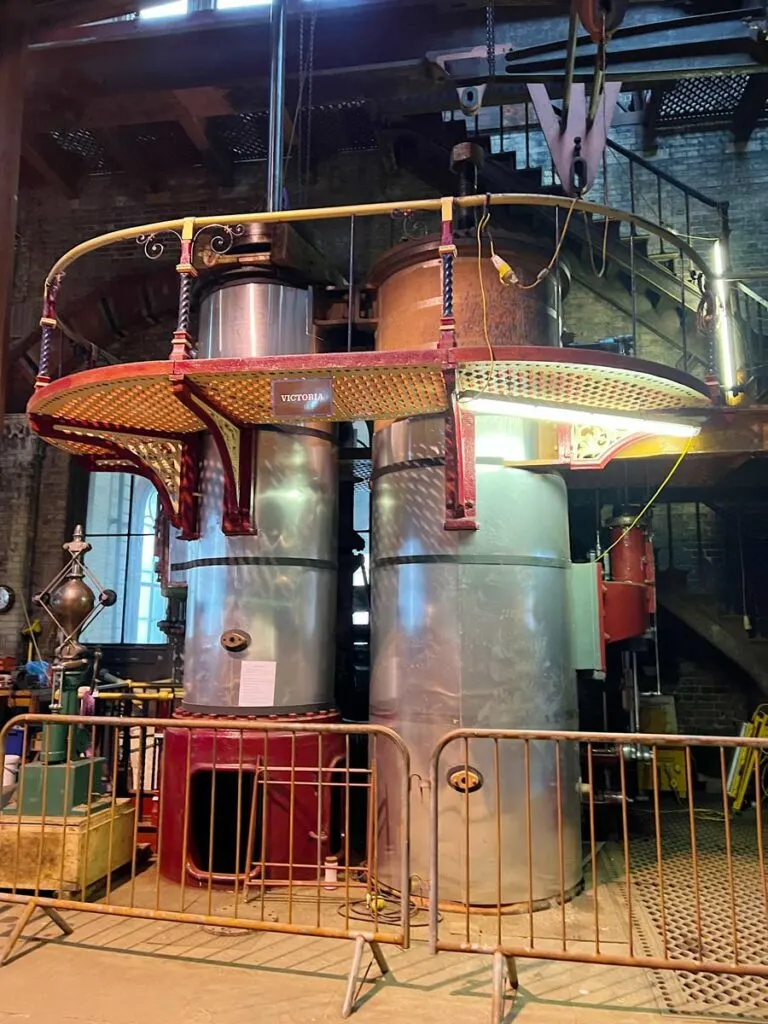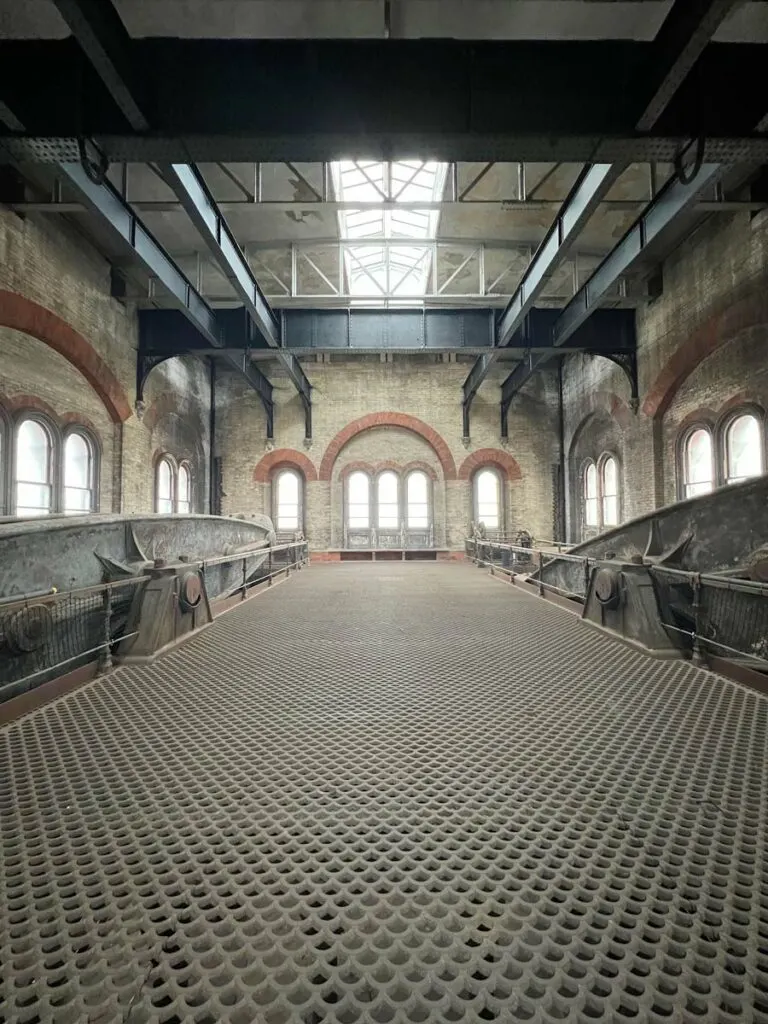Heard of Crossness Pumping Station? A cathedral of sewage, and the man whose legacy is the reason you don’t die of gruesome waterborne disease – London’s history is never dull.
London’s got plenty of churches, and a fair few cathedrals, but one of it’s lesser known holy sites is a pumping station out in Crossness.
The building may not belong to the church but it’s certainly as grand as one. It also happens to have a history linked directly to your ability to lead a healthy life in London (should you have the willpower), and some of the most curious events of the past few hundred years.
Why Visit Crossness Pumping Station?
Because you’ll discover a building of extraordinary design and style, and learn about London’s greatest unsung hero – a man who deserves as much credit as any of his peers for his contributions to our city.
Ready to dive into Crossness Pumping Station’s fascinating history?
The History of Crossness Pumping Station
You. Yes you there. Average Londoner of the 21st century. Let’s play some mind games. What do you think your life would have looked like if you had been born in the 1800s?
You think you’ve got it bad now with your shoebox apartment and extortionate rent? If you were living here 200 years ago you’d probably have lived in a slum, totally unrecognisable in its austere hellishness to a person of our day and age.
Your life expectancy would be scarily low, you’d grind all day in a factory breathing in noxious gases and, to make things worse, there’d be a cholera epidemic out to get you.
One thing you would be able to recognise is the need to, well, do what all humans have to do on occasion… use the bathroom. Except you had no toilet, so you’d do your thing in a pot and chuck the contents out the window or into a nearby river.
Filthy Streets
By about the mid 1800s, this less-than-savoury method of disposing of waste was causing real problems. London had been in the grips of the aforementioned cholera epidemic as a direct result of it – an epidemic that was to claim over 10,000 lives in one year alone.
In another move that you, contemporary Londoner, may recognize, for years politicians seemed not to care. The deaths piled up, but people couldn’t stop piling their waste into the river. The banks of the Thames were literally heaped with it.
Then a slice of history happened we probably all wish would repeat itself
From the Great Stink to a Great Man
The summer of 1858 was a hot one, and you can only imagine how the hot sun baked down on the Thames’ new banks, baking all that human waste. The smell coming off the river was so putrid that it sent the politicians running. They shut down Westminster and decided something had to be done.
The remedy to the cholera epidemic and events like the Great Stink was to reshape London’s hygiene or produce the city’s greatest unsung hero, a man named Joseph Bazalgette. He was in charge of building a sewer system that would divert waste away from the city.
There had already been plans for a sewer system for a while when Bazalgette hit the scene, but they weren’t really getting anywhere and it was clear a strong Victorian mind was needed to get them truly going.
Bazalgette started working on the project as a middle manager, but got promoted quickly, taking the top job after his boss died of overwork. He delivered his final plans in 1856.
Using 1,100 miles of small pipe to collect rain water and human waste from around London, he would then divert the muck out of the city using 82 miles of main sewers.
The Cathedral of Sewage
Bazalgette’s plan would have worked smoothly except for one problem. He’d cleverly relied on gravity to do most of his work. In that, the sewers he built all ran downhill to carry waste away from the city.
The problem then was that he’d need to get it back above ground when it reached the end of the pipes. To solve this problem he conceived of two pumping stations that would lift the sewage back to where it could be chucked in the Thames (away from the city centre).
North London and South London would have their own systems respectively, one that would drain out of the city limits in far off Newham, then just a marsh, and another in Crossness.
But, being a Victorian man, he didn’t do things without adequate flair, and so got Charles Henry Driver on board to design a pumping station that is, well, frankly spectacular.
The building features myriad architectural styles from across Europe, is adorned with colourful ironwork that only a Victorian could pull off, and stood taller than anything else around it for miles. An honour that, back in the day, was only reserved for religious buildings.
And because of that Crossness Pumping Station became known as the Cathedral of Sewage, redefining the meaning of the phrase holy sh*t!
Back to the Contemporary Era
It’s undoubtable that Bazalgette’s contribution to the city is one of the most important in London’s history. It had a massive effect on sanitation and directly contributed to the end of waterborne diseases like cholera.
When we think of London’s great engineers and city planners we don’t often think of Joseph Bazalgette. Most likely because while we have monuments like St. Paul’s to connect to Wren, we can’t see the sewer systems that he designed.
There’s still one place you can see his works though. You can go visit the glorious London pumping station and see if in all its holy glory. The site is kept in pristine condition by the Crossness Engines Trust, who’ve maintained the place in all its original grandeur.
You can visit on one of the Crossness Pumping Station tours through a private tour, one of their open days or a photographic tour. The opportunity to do them pops up regularly (about once or twice a month). You can find more info about visiting, and book a trip here.
Crossness Pumping Station: Practical Information
Wondering how to get to Crossness Pumping Station? Take the Elizabeth Line to Abbey Wood – from there it’s a ten minute walk.
Address: Bazalgette Way, Abbey Wood, London SE2 9AQ
Tickets: £12

